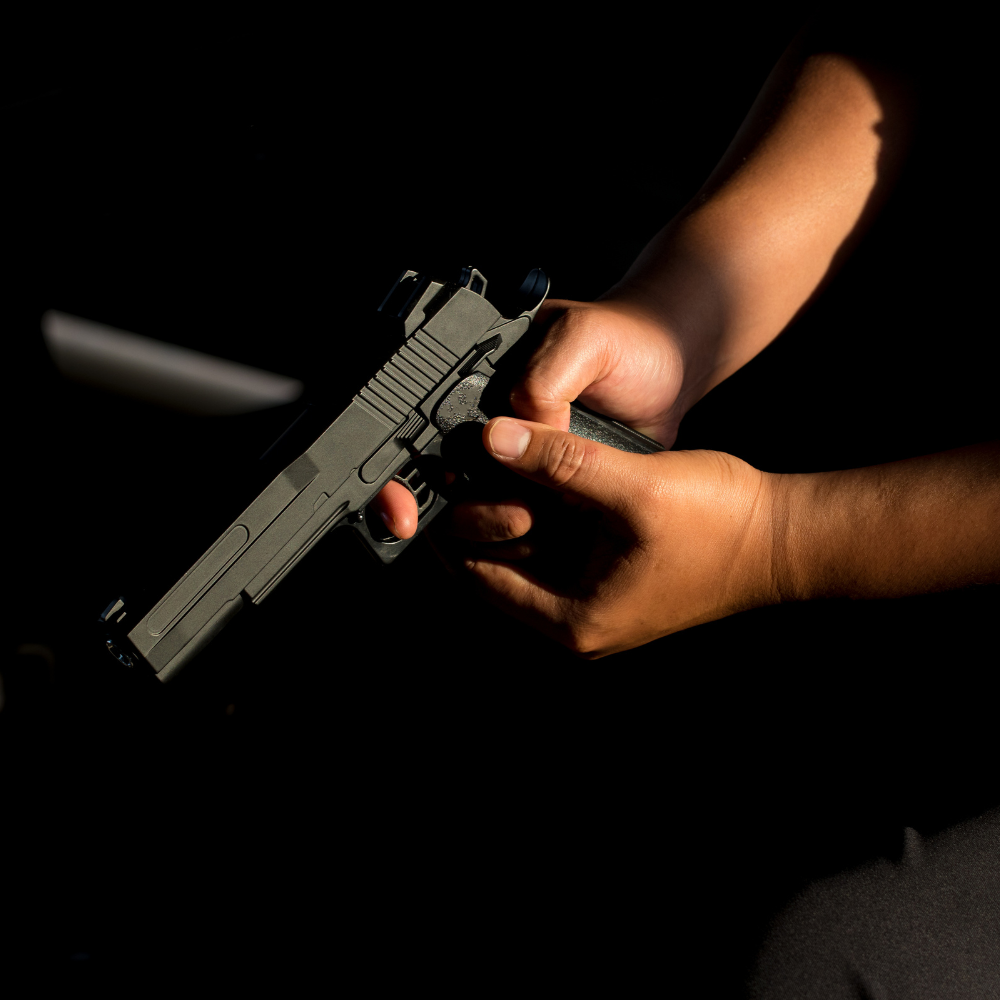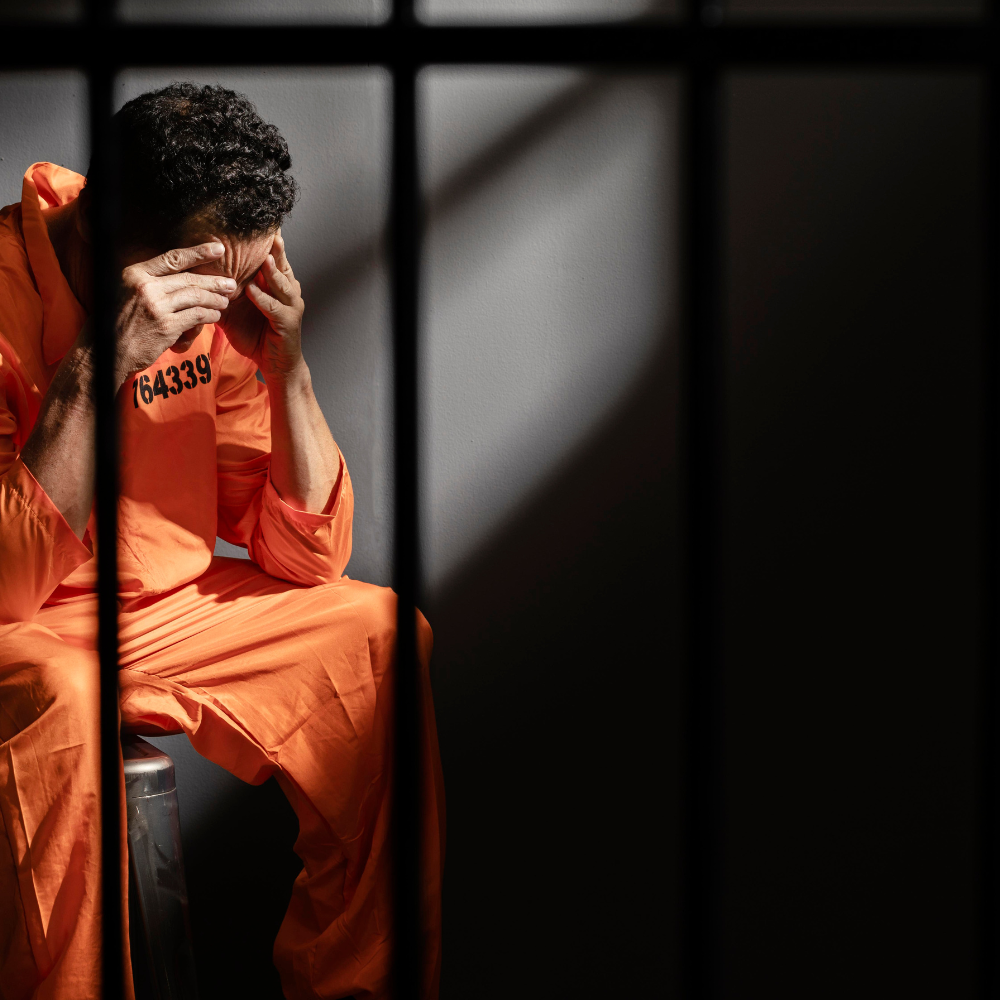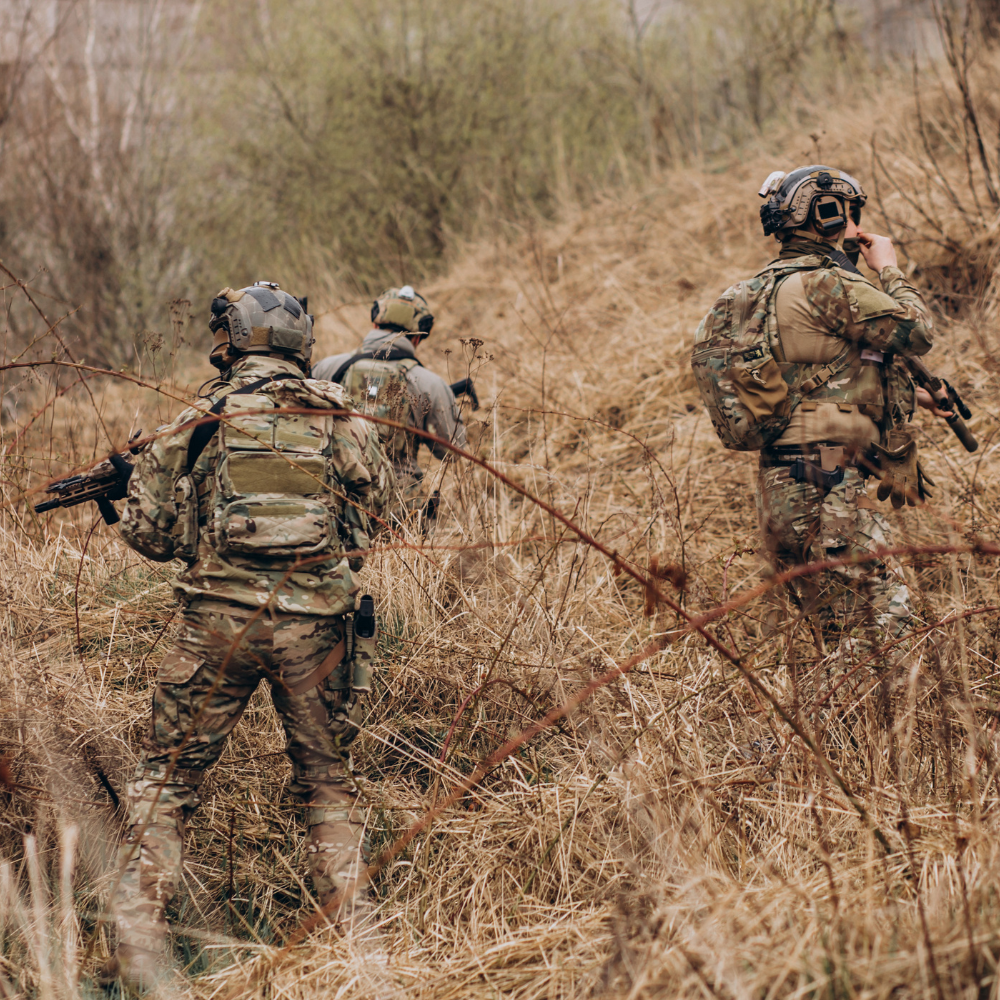British Army prepared for deployment to Ukraine amid NATO exercises
The British Army has declared its readiness to deploy to Ukraine if requested by the government, amid growing discussions about a potential military presence in the region. This week, 2,500 UK troops from the First Division, the Army’s high-readiness force, have been participating in a large NATO exercise in Romania, just 16 miles (25 km) from Ukraine’s border. The exercise, known as Steadfast Dart, aims to test NATO’s rapid response capabilities and highlight its military preparedness.
Despite a ban on mobile phones during the exercise, most soldiers are aware of the initial discussions regarding their potential deployment to Ukraine. Brigadier Andy Watson, leading the British contribution to the NATO exercise, affirmed that his brigade is “absolutely ready” should orders be given. His comments align with those of Prime Minister Keir Starmer, who recently expressed willingness to send British troops to Ukraine to help guarantee its security, should a ceasefire be reached. However, specific operational details remain unclear.
Steadfast Dart has showcased the UK’s ability to move troops and equipment efficiently, with more than 700 military vehicles transported over 1,400 miles (2,253 km) across Europe on short notice. The exercise, involving over 10,000 military personnel from eight European nations, highlights NATO’s strengths while also revealing its limitations. Some participating nations, such as Spain and Italy, have yet to meet NATO’s 2% GDP defense spending target, raising questions about Europe’s ability to sustain long-term operations without significant U.S. support.
The prospect of deploying troops to Ukraine also raises concerns about the UK’s military readiness. The British Army now has just over 70,000 regular troops, its smallest size since the Napoleonic Wars. In contrast, during the UK’s 2009 deployment to Helmand, Afghanistan, the Army had more than 100,000 personnel and still required additional resources and fresh troop rotations every six months. A similar-scale operation today would be significantly more challenging without further defense spending.
Unlike previous major NATO exercises, Steadfast Dart does not involve direct participation from U.S. forces. However, the U.S. remains NATO’s most powerful military member, and its absence from any plan to guarantee Ukraine’s security would create a significant gap. Despite the Trump administration’s stance against deploying U.S. troops on the ground, UK Defence Secretary John Healey has emphasized that American involvement is crucial in deterring further Russian aggression.
The war in Ukraine has prompted NATO to prioritize trench and urban warfare training, alongside counter-drone tactics. At Steadfast Dart, British and Romanian troops have been conducting drills in newly excavated trench lines, simulating conditions similar to those on the Ukrainian frontlines. Many UK soldiers participating in the exercise have also been involved in training Ukrainian forces in the UK.
Lance Corporal Lewis Antwis of the Royal Scots Dragoon Guards highlighted the Army’s recruitment crisis and the potential boost a deployment could provide.
Whether the UK will send troops to Ukraine remains uncertain, but the discussions underscore the shifting security landscape in Europe. As NATO reassesses its collective defense strategies, the readiness of British forces and their potential role in Ukraine will remain a key issue in the coming months.










